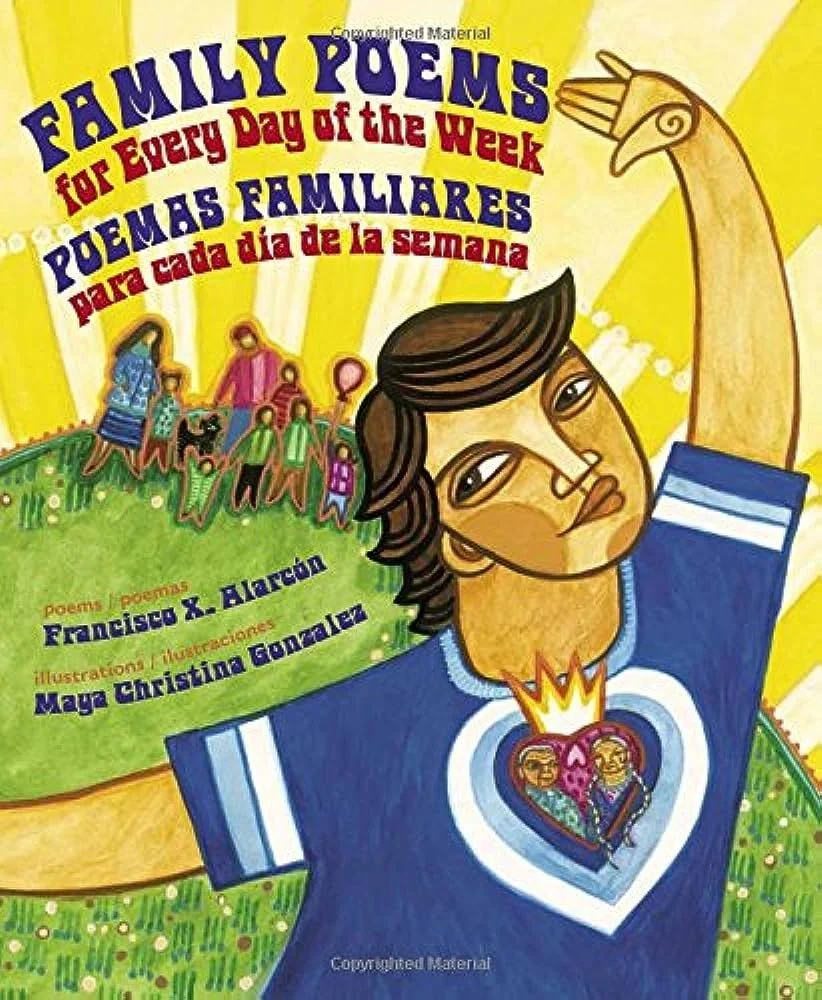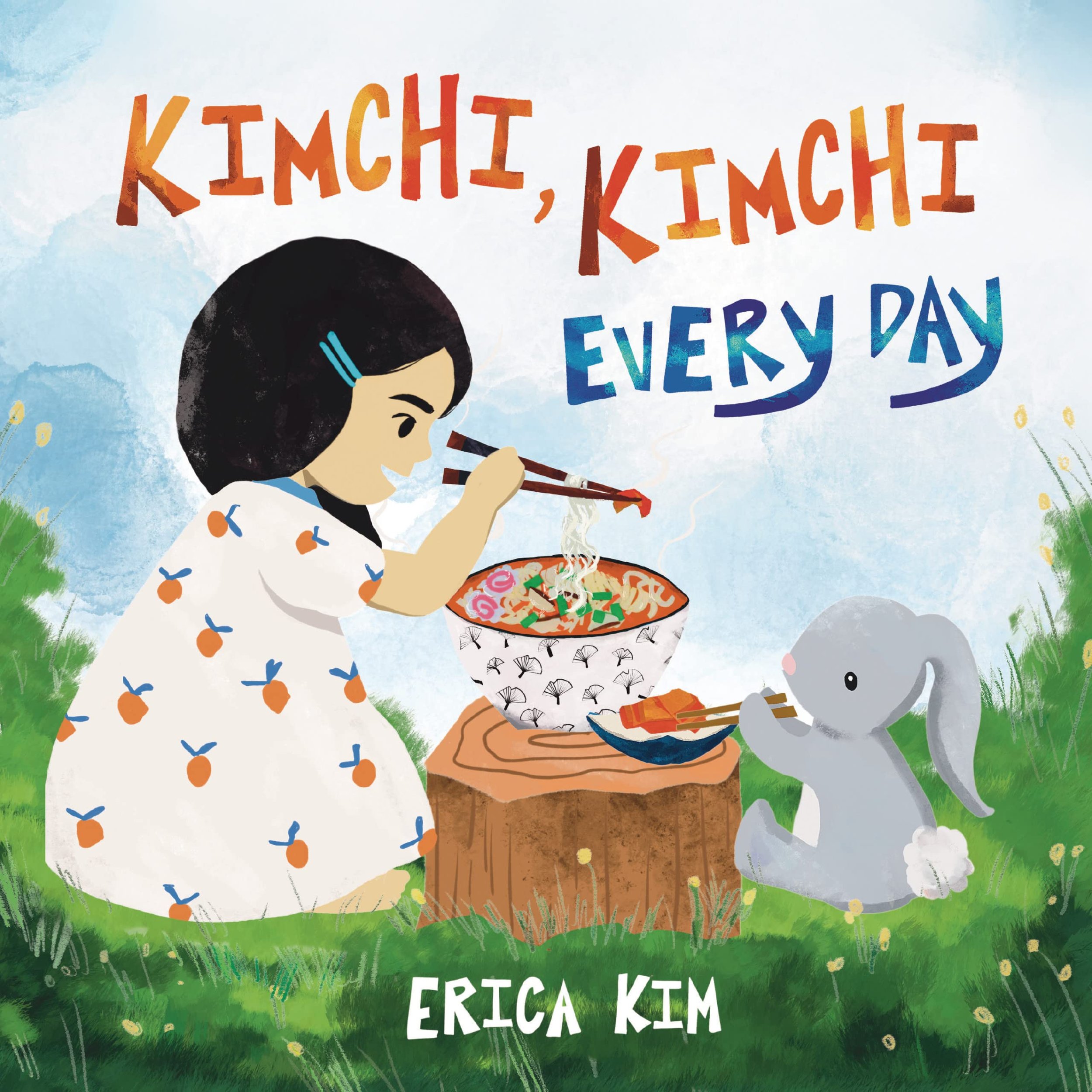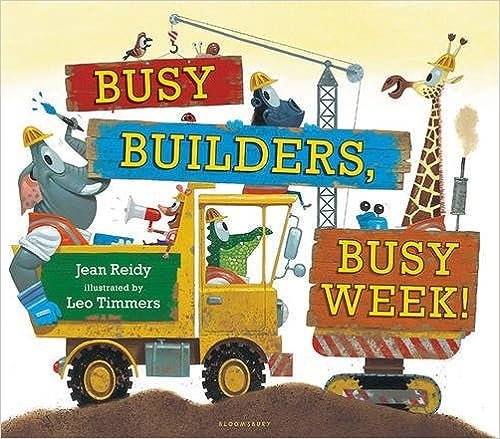Time After Time: Chronological Picture Books That Can Be Read Again and Again with Christy Chase
We are so excited to have Christy Chase join us today to share information about Chronological Picture Books!
Christy recently earned her MFA from the Writing for Children and Young Adults program at Vermont College of Fine Arts. Before that, she taught grades 4-8 in a variety of elementary and middle schools. She has a lifelong love of children’s literature, particularly picture books, which she will read aloud to kids of any age (or adult!) at the drop of a hat. Her two now-grown children have never rolled their eyes at this tendency of hers. She lives in Pawtucket, RI, where she helps the rabbits tend to her garden, occasionally paints just to confirm that creating is a humbling challenge, and teaches Iyengar yoga.
Me: How old are you?
Preschooler: 3 and a ½. How old are you?
Me: Guess.
Preschooler: 20?
Me: Close.
As you probably know, many kids have little concept of time until they reach the age of 3-4-ish, and even then, it might be limited to understanding what was in the past, present, or future. How many times have kids heard, “Two more minutes on the playground!” only to begin a new game? How can writers help kids get a sense of and move through time?
Enter chronological picture books, which are a gateway to developing a child’s concept of time. These books can cover time itself (seconds, minutes, hours), days of the week, months of the year, and the four seasons. As with language or reading acquisition, associating the unknown with a kid’s concrete experience of the world is important. Therefore, many authors have honed their craft so that their chronological books are not just about time; they often connect to real experiences with family, nature, or everyday events that their readers might experience. Sometimes readers might even find a narrative arc in this nonfiction genre.
Let’s take a look at some books that I think do a great job of teaching about some aspect of time passing.
Books About Time:
A Story About Time: Book 1 - Learning About Increments of Time as we Grow a Garden. By Kaiwin Yeung, illustrated by Sijarjamil. (2023)
I like this book because of its simple text and the way time is connected to nature. As a family creates a garden, readers can see how each activity, like choosing seeds, building the garden beds, and waiting for fruit to ripen, can take different increments of time. On each spread, an all-caps word tells the reader whether the activity might take SECONDS, MINUTES, HOURS, etc. Here we see layers of family, nature, and time coming together.
Read this for a hilarious, child-centered perspective on time:
Five Minutes: (That's a Lot of Time) (No, It's Not) (Yes, It Is). Audrey Vernick and Liz Garton Scanlon, illustrated by Olivier Tallec. (2019)
Days of the Week:
In the bilingual Spanish/English book Family Poems for Every Day of the Week / Poemas Familiares Para Cada Día de la Semana by Francisco Alarcón, illustrated by Maya Christina Gonzalez (2017), vibrant illustrations show the narrator’s connections to places, family, food, planets, as well as emotions he feels during the week. The history of the name of each day is given in the front matter and referred to briefly in the free verse text. This helps readers learn the names and meanings of the days of the week much better than if the name of the day is just slapped on the page.
Take a look at Erica Kim’s Kimchi, Kimchi Every Day (2022) and Busy Builders, Busy Week! By Jean Reidy, illustrated by Leo Timmers (2016) for more books that cover days of the week in fun ways.
Months of the Year:
Oscar the Octopus: A Book About the Months of the Year by Matthew Van Fleet (2019) is a flap book for preschool aged readers. An adorable octopus, Oscar, catches a different sea creature each month. Told in rhyme, this is a fun read that will have kids using pictorial clues to guess the mystery creature before lifting the flap. The author incorporates mention of colors, textures, and sea creatures as the months go by, which provides several ways for a reader to connect with the text.
Read Every Month is a New Year: Celebrations Around the World by Marilyn Singer, beautifully illustrated with mixed media collage by Susan L. Roth (2017), for a book that demonstrates excellent verse and vibrant collages.
Seasons:
Mii maanda ezhi-gkendmaanh / This is How I Know by Brittany Luby (2021) is a gorgeous bilingual Anishinaabemowin/English book about the seasons, the child narrator is shown with her grandmother out in nature. Readers can find several patterns. Luby uses a four part structure that starts with a question (“How do I know summer/fall/winter/spring is here?”) and ends with the same statement (“This is how I know summer/fall/winter/spring”). The Anishinaabemowin text sits above the English; this makes it fun to try to read both and compare. I found an audio version of this book which deepened my appreciation. While looking at chronological picture books, I found this one to be particularly lyrical and beautiful.
Seasons, by Hannah Pang, illustrated by Clover Robin (2021) is a visual feast that explores the changing seasons (including dry season/wet season) in a very unique way.
So, do you feel ready to write a chronological picture book? Using these examples, find the multiple entry points a kid can take on their long journey to understand time. Use craft techniques that will draw your reader in. If you want your readers to remember the days of the week, or whatever your time increment is, play with writing meaningful rhyming poems. Consider layers of content and emotion, connections to people of different ages, to nature, to sound and sight. Find a story. Set a timer and get it done!











